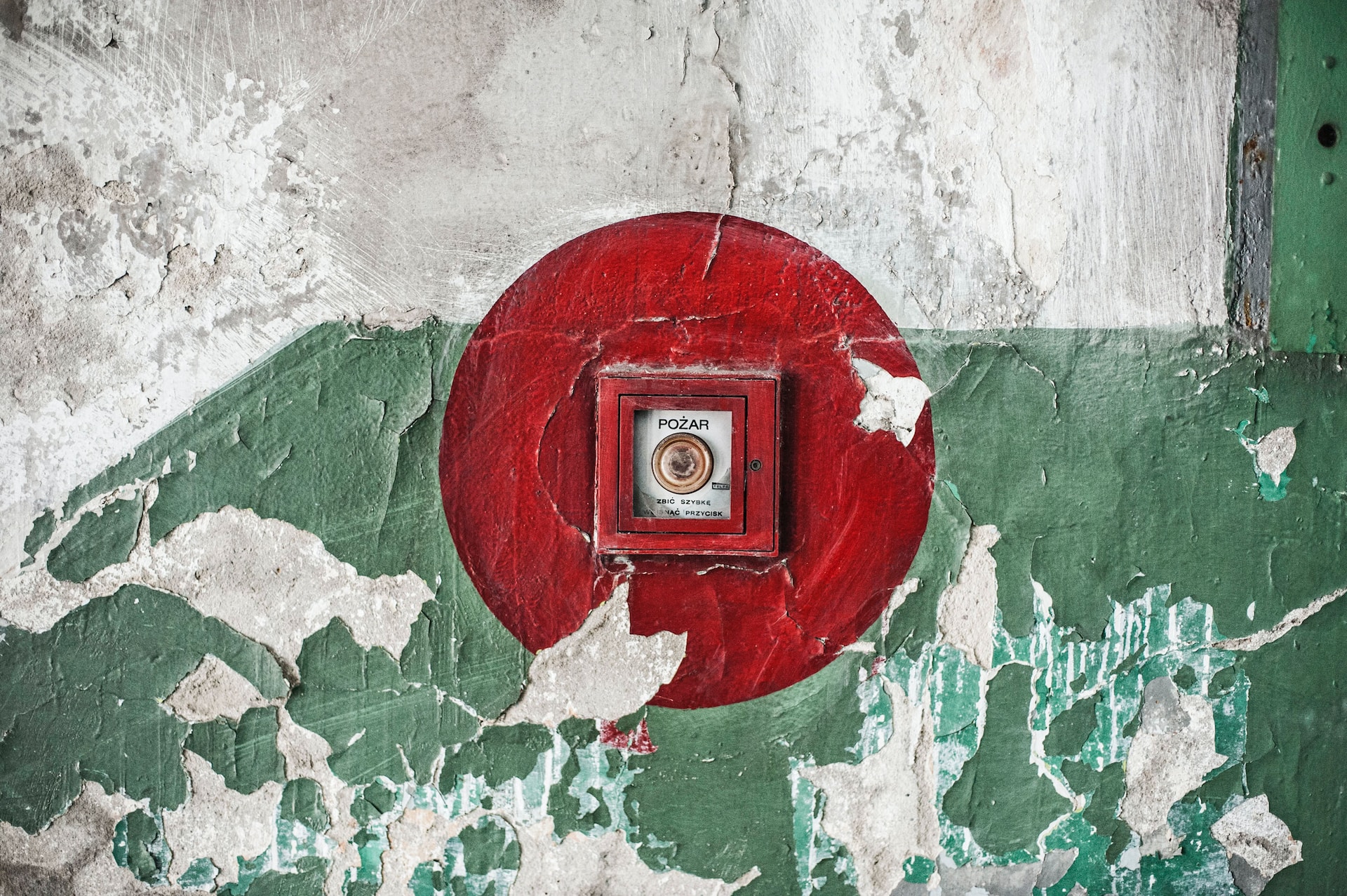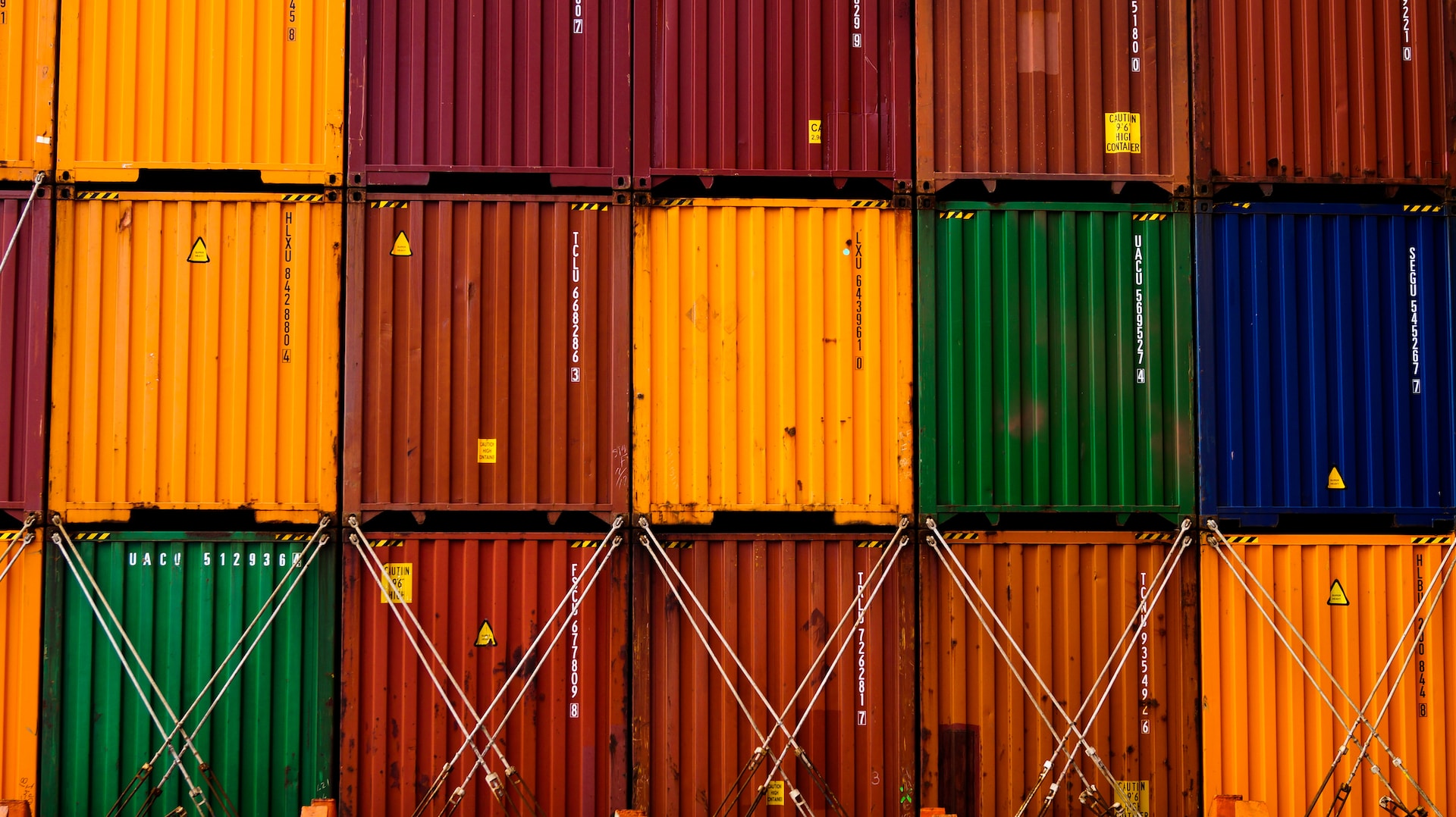We're all familiar with the workings of an alarm. It's meant to jolt you awake or inform you about something that needs immediate attention.
Sure, we're all guilty of snoozing that early morning alarm. But for seafarers on board, sleeping through an alarm is not an option.
Not only is it a matter of discipline—the different types of alarms on ships all play a vital role in ensuring that everyone is safe and sound.
What are the different types, you might ask? Let's find out!
Alarms 101
Any dictionary will tell you that an emergency is a serious, unexpected occurrence. Maritime emergencies are the same—there's no way to tell when it'll hit you.
Coupled with fickle weather, treacherous seas, and a dose of manmade error, life at sea can be challenging and risky. But that's where your ship's emergency signals and alarms can help. They can assist the crew in responding appropriately to a crisis or preventing an issue.
A ship's many systems and machinery are equipped with emergency signals or alarms to alert the crew to potentially dangerous situations that may develop from various onboard problems.
Emergency alarms come in both audible and visual varieties so that workers in locations where seeing a visual warning is not possible can still hear the audio alarm and vice versa.
Having an emergency alarm on board the ship for a specific warning that applies to all seagoing boats, regardless of the waters they are sailing in or to whose company they belong, is standard procedure in the worldwide maritime sector.
Why is it standard? In dealing with life-or-death situations, familiarity can help the body react even when the mind panics.
The familiarity helps seafarers react in record time since they immediately understand the type of warning or emergency the alarm entails.
Types of Alarms on Ships
Emergency alarm signals on a ship are audio-visual warning systems that particularly alert crew members to the presence of a specific threat.
Since they are more specific and only call for one person's attention, they differ significantly from non-emergency signals on the bridge, in the cargo, or in the engine room.
An emergency alarm sounds more forcefully. Because it involves all of the staff and, if any, passengers, you can hear it everywhere on board. These alarms are combined with a visual device in the noisy engine room, such as a strobe light that flashes.
Additionally, these alarms send a crucial message that must be followed immediately. Failure to do so could lead to the loss of life, the ship, or even both.
There are seven usual alarm types on ships:
1. General
As the name suggests, a general alarm signifies an emergency. It can be a fire, grounding, collision, or any scenario that may prompt the crew (and its passengers, if any) to abandon the ship or evacuate.
How do you know it's a general alarm? The ship horn signal sounds seven brief blasts followed by one long blast, or you'll hear seven short ringings of the bell followed by one long ring.
The navigation bridge houses the activation point for the ship's general alarm system. Every ship crew member must follow the instructions and duties given in the muster list and report to the allocated muster station once the general alarm signal onboard is activated.
2. Fire
Ships also have fire alarms set off by a fire detector or any crew members when smoke or flames are detected.
The continuous ringing of the ship's electrical bell or the constant honking of the ship's horn serves as the fire alarm signal.
3. Abandon Ship
Sometimes, the crisis escalates to a point where it is no longer safe for the crew and its passengers to remain onboard.
At this time, the crew may hear six brief blasts and one prolonged blast on the ship's whistle. It sounds similar to the general alarm bell, which will prompt everyone to gather at the emergency muster station.
There, the Master or his substitute, the Chief Officer, will give a verbal order to abandon the ship.
Once the abandon ship alarm is sounded, the crew is directed to carry any additional supplies, such as a blanket, food, water, or other goods, as required by the duty on the muster list. They also need to be quick on their feet to facilitate a fast and efficient evacuation.
4. Man Overboard
We trip on land where the footing is immovable; how much more at sea where the waves rock the boat?
When a crew or passenger falls into the water on the high seas, the man overboard alarm is activated.
The signal consists of three long rings from the ship's internal alarm bell for the crew and passengers on board and three long blasts from the ship whistle telling other vessels in the area to stay clear.
A signal light and smoke can also be put in the bridge and attached to the side of the lifebuoy. When tossed into the ocean, it will release smoke and light to alert nearby ships and the crews of those ships.
5. Navigational and Machinery Space
Most navigational devices and lights on the navigation bridge are equipped with failure alarms.
A ship alarm signal will ring on the bridge if any of these go wrong, and the specifics, such as the location, equipment affected, and type of issue, will be displayed on the notification screen given on the bridge navigation panel.
Similarly, the machinery in the engine room is also retrofitted with safety devices and alarms.If any equipment fails, a standard engine room alarm is activated, and the control room alarm panel, which will display the warning, will show the issue.
6. Machinery Space and Cargohold CO2
A CO2-fixed fire extinguishing system is installed in the cargo hold and machinery space.
The CO2-fixed fire fighting system has both an audible and visual alarm. It is distinct from the machinery space alarm, the water intrusion alarm for cargo holds, and other alarms.When the release cabinet door is opened to release the CO2 bottle banks into the equipment space or the cargo hold, the alarm typically goes off.
The audible and visual alarms for the CO2-fixed fire fighting system are utterly different from other ship alarms.
The audible alarm is typically distinguishable from other ships' alarms by adjusting sound pressure and sound patterns. The red signal light could be written as a CO2 alarm indication.
It is strongly advised that once crew and passengers hear or see such an alarm, they proceed immediately and through the nearest accessible exit to the muster station for a head count.
In a cargo hold fire, the crew and officer in charge must ensure the cargo hold is sealed, and no crew members are inside.
If there's an engine room fire, all ventilation systems must be shut down for the cargo hold fans, vents, and equipment space.
7. Ship Security Alarm System
The Ship Security Alarm System (SSAS) is a silent alert or signal that activates during a pirate attack.
No onboard or nearby vessel alarms are sounded when the SSAS is activated.
Through a global satellite system, this signal alerts various coastal authorities or competent authorities now operating close to the ship about the attack's position, time, date, etc., of the attack.
To summarize
They say life at sea is unpredictable. It's equal parts exhilarating and demanding.
The good thing, though? The whole maritime sector is united in implementing and improving standards to ensure the safety of life at sea.
Still, whether rookie or seasoned, it pays to stay alert and level-headed once alarms and signals come blaring and flashing onboard.
Are you ready to start the seafarer life? Are you looking for new opportunities onboard? Then you're on the right track.
Martide is a world-class maritime recruitment and seafarer job app that is trusted by shipowners, prestigious shipping companies and manning agents across the globe. Build your resume, download our seafarer job app from the Apple App Store or from Google Play or browse our maritime job listings to kickstart your job search today.


is the only site for maritime jobs




